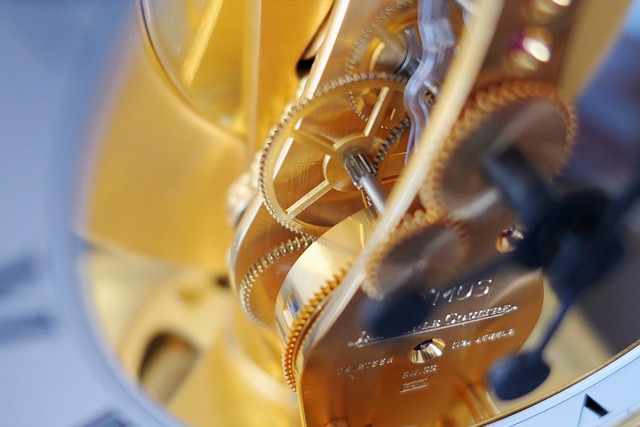Introduction: Alzheimer's Disease and Cellular Housekeeping
Alzheimer's disease (AD) is a progressive neurodegenerative disorder that gradually erodes memory and cognitive function. A key pathological feature is the accumulation of misfolded proteins, specifically amyloid-beta (Aβ) forming plaques and hyperphosphorylated tau forming neurofibrillary tangles. Emerging evidence highlights the failure of cellular quality control mechanisms, particularly the ubiquitin-proteasome system (UPS), as a significant contributor to AD pathogenesis. The UPS acts as the cell's primary 'waste disposal' system for faulty or unneeded proteins, crucial for maintaining neuronal health.
The Ubiquitin-Proteasome System: A Cellular Recycling Center
Think of the UPS as the cell's highly specific recycling center. It involves two main stages: tagging (ubiquitination) and degradation. First, unwanted proteins are tagged with chains of a small protein called ubiquitin. This tagging is orchestrated by a sequence of enzymes: E1 (activating), E2 (conjugating), and E3 (ligating), where E3 enzymes provide specificity for different target proteins. Once sufficiently tagged, the protein is recognized by the 26S proteasome – the 'shredder' – which unfolds and chops it into small peptides.
Target Protein + Ubiquitin Chain (via E1, E2, E3) --> Polyubiquitinated Protein --> Recognized by 26S Proteasome --> Degraded PeptidesThis precise process ensures cellular health by removing damaged or misfolded proteins that could otherwise become toxic.
How the UPS Falters in Alzheimer's Disease
Compelling evidence indicates that the UPS is impaired in AD brains. Studies reveal reduced proteasome activity, altered ubiquitin levels, and a buildup of ubiquitinated proteins that fail to be degraded. This malfunction likely contributes significantly to the accumulation of toxic Aβ and tau aggregates. The UPS may become overwhelmed by the sheer volume of misfolded proteins, or Aβ and tau aggregates might directly inhibit proteasome function.
Mechanisms Linking UPS Dysfunction to AD Pathology

- Aβ Accumulation: The UPS normally helps clear Aβ peptides. When impaired, its failure to efficiently remove Aβ contributes to the formation of toxic oligomers and amyloid plaques.
- Tau Pathology: UPS dysfunction can disrupt the balance of enzymes (kinases and phosphatases) controlling tau phosphorylation. This imbalance promotes tau hyperphosphorylation and the formation of neurofibrillary tangles.
- Synaptic Damage: Healthy synapses rely on the UPS for precise protein turnover crucial for learning and memory (synaptic plasticity). UPS impairment disrupts this, contributing to the synaptic loss and cognitive decline characteristic of AD.
- Increased Oxidative Stress: A malfunctioning UPS leads to the accumulation of damaged proteins, increasing cellular oxidative stress, which further harms neurons and exacerbates AD pathology.
Therapeutic Strategies Targeting the UPS in AD

Targeting the UPS offers a promising, yet complex, therapeutic avenue for AD. Restoring its function could help clear toxic proteins and alleviate neuronal stress. Current research explores strategies such as:
- Developing small molecules to selectively enhance proteasome activity or assembly without causing indiscriminate protein degradation.
- Identifying compounds that shield the UPS from inhibition by toxic Aβ or tau aggregates.
- Investigating gene therapy approaches to boost the expression or function of key UPS components in affected brain regions.
- Leveraging alternative protein clearance pathways, like autophagy (another cellular 'recycling' system), to compensate for UPS deficits, potentially using autophagy-enhancing compounds.
Future Directions and Ongoing Research

Future research must pinpoint the specific UPS components and pathways most vulnerable in AD to enable highly targeted therapies. Understanding the precise timing – when does UPS dysfunction begin relative to AD symptoms and pathology? – is crucial, requiring longitudinal studies in model systems and patients. Furthermore, exploring the intricate crosstalk between the UPS and other cellular quality control systems, particularly autophagy, is vital for designing comprehensive and effective treatments.
Advanced techniques like quantitative mass spectrometry and cryo-electron microscopy are indispensable tools for mapping changes in the proteome, analyzing protein turnover rates, and visualizing UPS machinery interactions within the context of the AD brain.